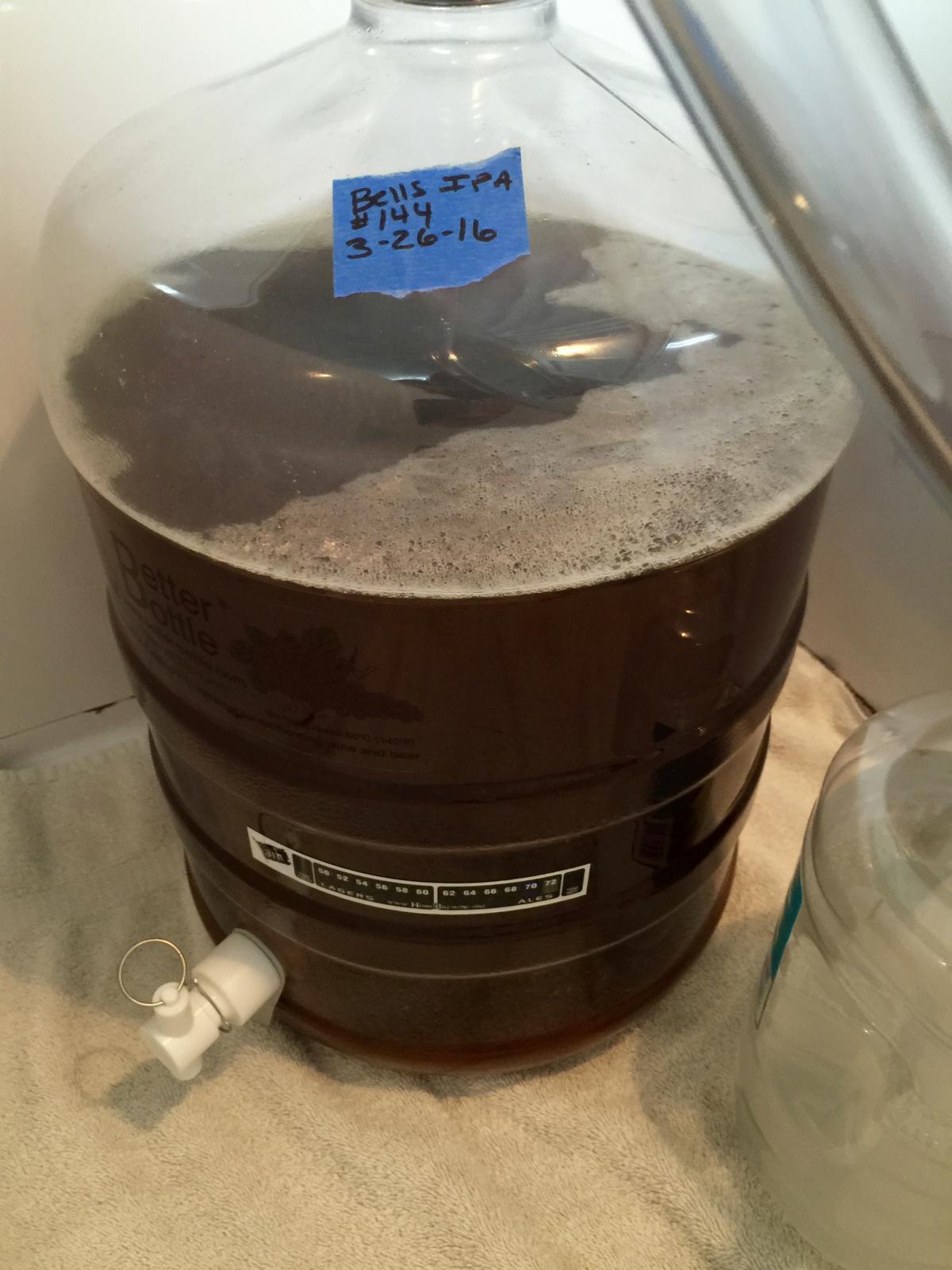I took the plunge and put aside 5x 125 ml bottles and. 250 ml bottle today with roughly 12% glycerin solution ( more than I thought I was getting, but it shouldn't hurt.
I sanitized a flavour injector(never used, came with my turkey fryer) and used that to draw off glycerin from a brand new bottle. I'm hoping that should keep things sanitary enough. Apparently glycerin was too thick to pull through my 3 ml syringe with blunt needle.
Now we'll see how it holds up. The 250 ml bottle was a stubby PET I had handy.
Let's hope they stand up to the freezer.
Here's one of the 125ml for reference.
View attachment ImageUploadedByHome Brew1456944731.387853.jpg I brew 2.5 Gallon, so I'm hoping that once it settles out, that I'll have something near to a directly pitch able amount. Maybe I'll have to use two, but that's not the end of the world.
I sanitized a flavour injector(never used, came with my turkey fryer) and used that to draw off glycerin from a brand new bottle. I'm hoping that should keep things sanitary enough. Apparently glycerin was too thick to pull through my 3 ml syringe with blunt needle.
Now we'll see how it holds up. The 250 ml bottle was a stubby PET I had handy.
Let's hope they stand up to the freezer.
Here's one of the 125ml for reference.
View attachment ImageUploadedByHome Brew1456944731.387853.jpg I brew 2.5 Gallon, so I'm hoping that once it settles out, that I'll have something near to a directly pitch able amount. Maybe I'll have to use two, but that's not the end of the world.






![Craft A Brew - Safale S-04 Dry Yeast - Fermentis - English Ale Dry Yeast - For English and American Ales and Hard Apple Ciders - Ingredients for Home Brewing - Beer Making Supplies - [1 Pack]](https://m.media-amazon.com/images/I/41fVGNh6JfL._SL500_.jpg)



















































